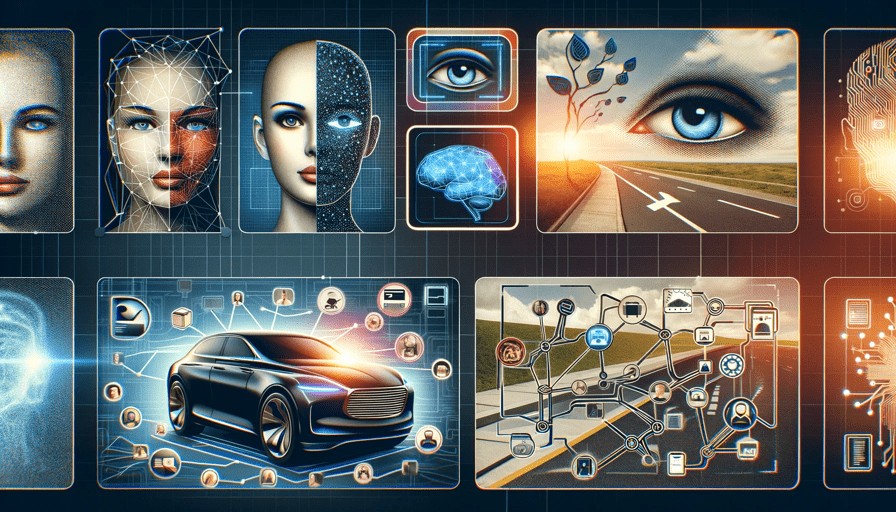Welcome to the first post in our series designed to introduce you to the fascinating world of machine learning in image processing. Whether you’re a student, a professional, or simply curious about technology, this series will provide you with a solid foundation in both theoretical concepts and practical applications. Let’s embark on this journey together, exploring how machine learning is revolutionizing the way we process and interpret images.

Contents
What is Image Processing?
Image processing involves manipulating or enhancing digital images to achieve a desired outcome. This can range from simple tasks like resizing images to more complex operations such as filtering, edge detection, and segmentation. The goal is often to improve the image quality or to extract useful information from images which can be used in various applications, from medical diagnosis to autonomous vehicles.
The Role of Machine Learning
Machine learning, a subset of artificial intelligence, enables computers to learn from data and make decisions without being explicitly programmed for specific tasks. In image processing, machine learning algorithms can identify patterns, features, and characteristics within images, making it possible to classify, analyze, and interpret vast amounts of visual data with incredible accuracy and efficiency.
Supervised vs. Unsupervised Learning in Image Processing
- Supervised Learning: This involves training a model on a labeled dataset, where each image is tagged with a label indicating its content or class. The model learns to predict the labels for new, unseen images. Applications include image classification, object detection, and facial recognition.
- Unsupervised Learning: Here, the model is trained on unlabeled data, learning inherent structures and patterns in the data. Unsupervised learning is often used for clustering similar images, dimensionality reduction, and feature extraction.
The Impact of Machine Learning on Image Processing
The advent of machine learning, especially deep learning, has significantly advanced the field of image processing. Tasks that were once challenging for traditional algorithms, such as recognizing complex patterns or distinguishing between subtle image features, are now more achievable. Machine learning models, particularly Convolutional Neural Networks (CNNs), have become the cornerstone for many image processing applications, offering unparalleled accuracy and speed.
Why This Matters?
Understanding the basics of image processing and machine learning is crucial for anyone looking to delve into this field. As we progress through this series, we’ll explore both the theoretical underpinnings and practical applications, providing you with the knowledge and skills to leverage machine learning in image processing projects.
What’s Next?
In our upcoming posts, we’ll dive deeper into the fundamentals of digital image processing, explore the Python ecosystem for image manipulation, and begin our journey into neural networks and deep learning. By the end of this series, you’ll be well-equipped to tackle real-world image processing challenges using machine learning.
Stay tuned for our next post, where we’ll break down the fundamentals of digital image processing, exploring how images are represented digitally and the basic operations that can be performed on them. Whether you’re a complete beginner or looking to brush up on your skills, there’s something for everyone as we explore the intersection of technology, creativity, and innovation in the realm of image processing and machine learning.